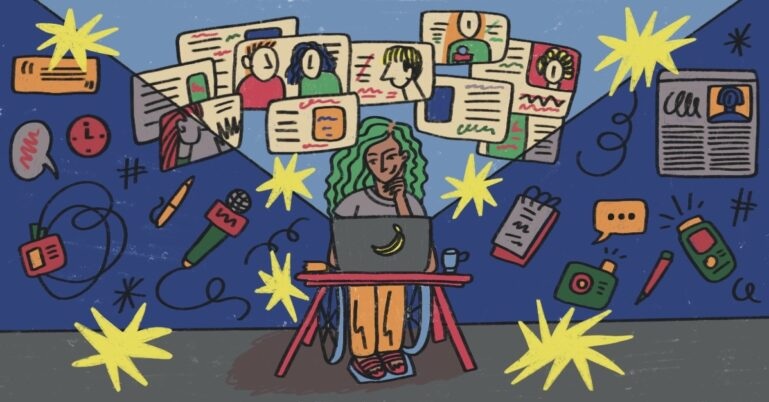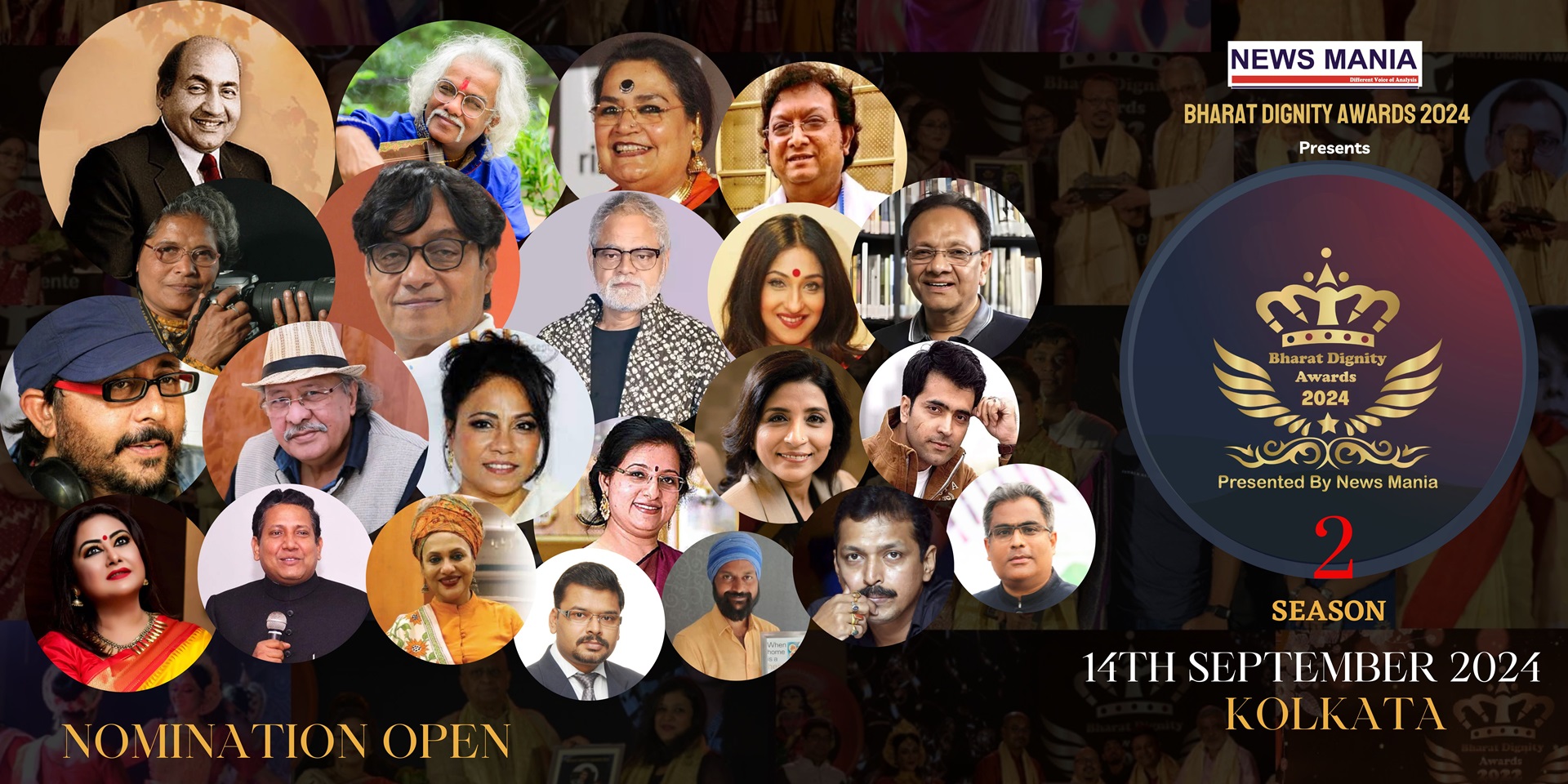A guide to reporting on disability
News Mania Desk / Piyal Chatterjee/ 18th April 2025

Concerns regarding disability are primarily underreported in Indian media. Resource limitations, diminishing newsrooms, and restricted editorial capacity result in disability seldom appearing on the regular news agenda. Yet, for millions of individuals with disabilities in India, fair and precise reporting can be the distinction between exclusion and inclusion.
Article 8 of the United Nations Convention on the Rights of Persons with Disabilities (UNCRPD) urges all media outlets to depict individuals with disabilities in a way that aligns with the convention’s aims—to promote, safeguard, and guarantee the human rights and essential freedoms of persons with disabilities. Section 25 (h) of the Rights of Persons with Disabilities (RPwD) Act, 2016, mandates the government to raise public awareness via television, radio, and other mass media regarding the causes of disabilities and the preventive strategies to be implemented.
Nevertheless, many newsrooms do not have clear guidelines for covering disability, leading to varied terminology and insensitive representations of individuals with disabilities. As stated by the Disability Advocacy Resource Unit, disability is frequently perceived through a ‘charity model’, which regards individuals with disabilities as requiring ‘assistance’ and incapable of self-care. While well-meaning, this perspective threatens to diminish the autonomy and rights of individuals with disabilities. We must shift from this charity approach to a ‘social model’ that emphasizes eliminating barriers limiting the life options of individuals with disabilities and empowers them by altering our perceptions and discussions on the topic.
Being mindful of and utilizing suitable language when communicating with or regarding individuals with disabilities is essential, making sure that the words or expressions we choose are not based in ableism. Considering the vital role it has in shaping perceptions, the language we employ must not belittle or discriminate against individuals with physical, intellectual, or psychiatric disabilities, and should avoid the presumption that these individuals require ‘fixing’.
Studies show that ableist language can result in more negative misunderstandings and decreased acceptance of individuals with disabilities, and can foster stigma and shame. Therefore, it is crucial to adapt with the language, since numerous words that were previously commonplace are now deemed inappropriate.
Employ language that prioritizes individuals.
The word ‘disability’ serves as a description rather than a label for a specific group of individuals. People-first language prioritizes the individual over their disability, redirecting attention from the disability to the person. This is the most commonly used term to describe individuals with disabilities, as stated in the UNCRPD.
For instance, ‘youth with albinism’, ‘learners with dyslexia’, ‘females with intellectual disabilities’, and ‘individuals with disabilities’ are all suitable expressions. Nonetheless, it is always advisable to inquire how individuals or groups wish to identify themselves. Individuals with disabilities do not constitute a uniform group, and their identities can differ. It’s essential to honor and acknowledge these identities.
Steer clear of labels and categorizing.
Disability must not be exaggerated or made into a drama. Describing individuals with disabilities as ‘inspirational’ might imply that it is remarkable for them to have successful, fulfilling lives. In the same way, referring to individuals with disabilities as ‘brave’, as having ‘conquered’ their disabilities, or as ‘survivors’ may be seen as condescending.
Refrain from depicting individuals with disabilities as automatically fragile. Vulnerability frequently occurs at the convergence of various forms of marginalization. For example, in low- and middle-income nations, women with disabilities face a considerably greater risk of encountering gender-based violence.
The contributions of individuals with disabilities shouldn’t be limited only to their disability. It’s essential to steer clear of tokenism—this entails refraining from referencing an individual’s disability unless it is specifically pertinent to the narrative. Superfluous references may strengthen stereotypes or divert attention from the primary message. Nevertheless, this does not imply that matters related to disability should be ignored. Rather, they ought to be addressed openly, correctly, and respectfully, making certain that the emphasis is on inclusion, accessibility, and equal opportunities. The aim is to foster comprehension and representation without sensationalizing or evoking pity.
Avoid depicting disability as a disease.
Utilizing phrases like ‘illness’ or ‘victim (of a disability)’ helps to depict disability as an issue that requires rectification. Individuals with disabilities should be called ‘patients’ only when they are receiving medical treatment. Expressions like ‘experiences’, ‘battles with’, or ‘deals with’ should be refrained from as they suggest ongoing suffering or vulnerability. Instead, use the phrases ‘someone has (a disability)’ or ‘someone is (blind/deaf/deafblind).’
Likewise, expressions like ‘the person within the immobilized body’ or ‘she surpassed her disability’ should be avoided since they are ableist and suggest that the individual’s body or mind is distinct from their identity.
When the media has the resources to report on disability accurately and respectfully, it promotes the use of language that focuses on rights and abilities rather than solely on the difficulties faced by individuals with disabilities. This toolkit acts as a resource for comprehending the sociopolitical and legal structure that regulates disability rights in India, including the RPwD Act and the UNCRPD.
Implementing these practices will create a media environment that changes the storyline from perceiving individuals with disabilities as either victims or heroes. Rather, it will enable their portrayal as individuals possessing equal rights, aspirations, and contributions to offer. Covering disability with respect can break down bias barriers to create a society that values diversity.






